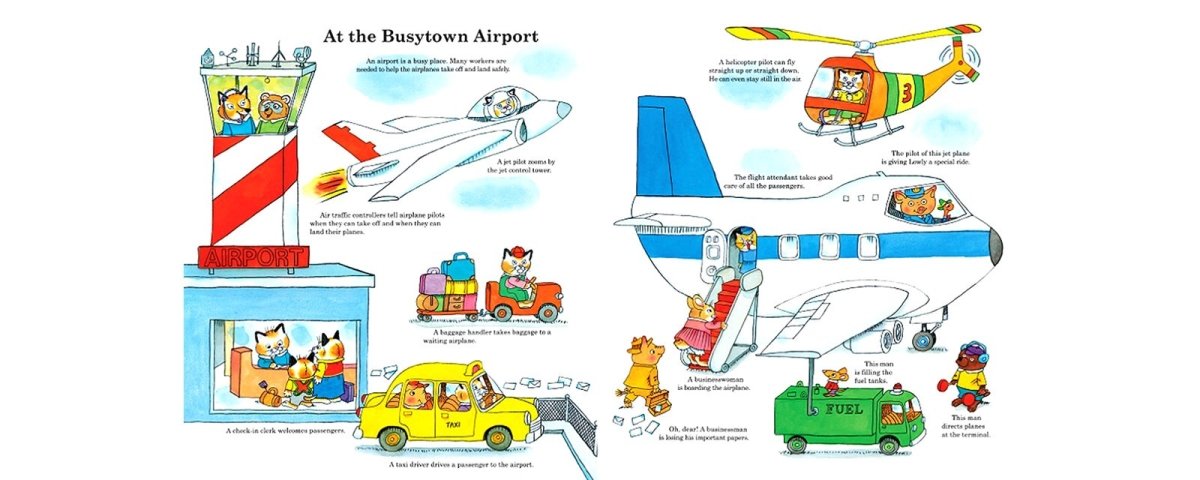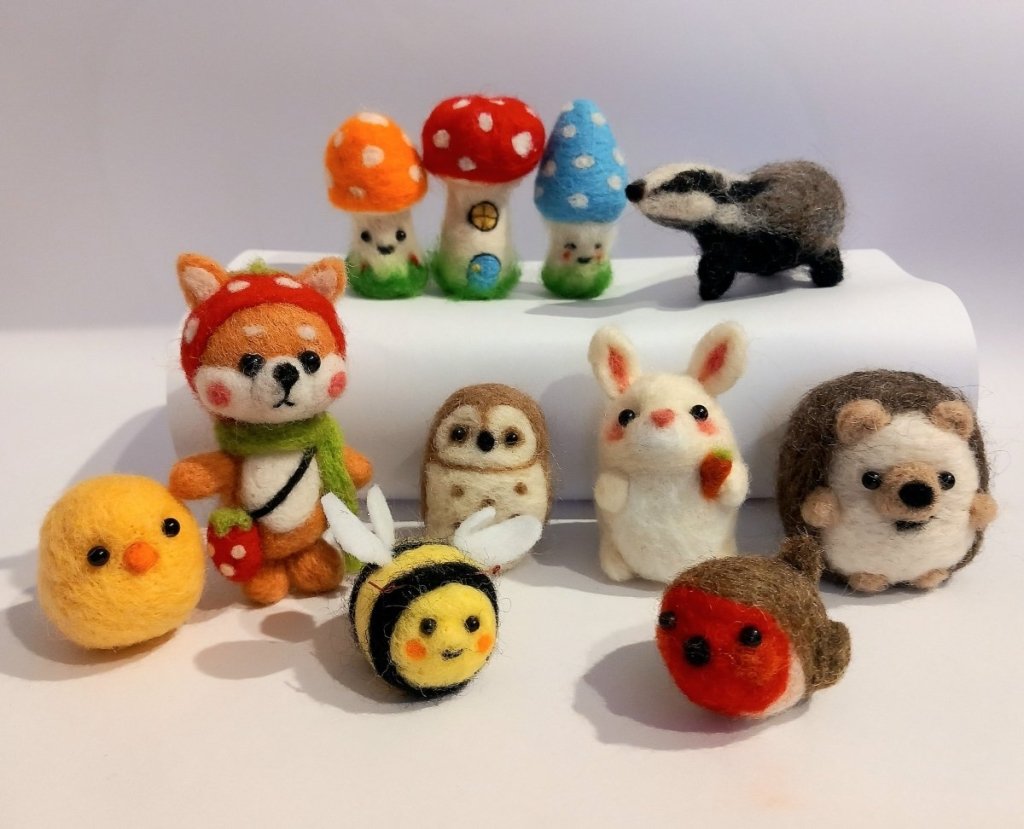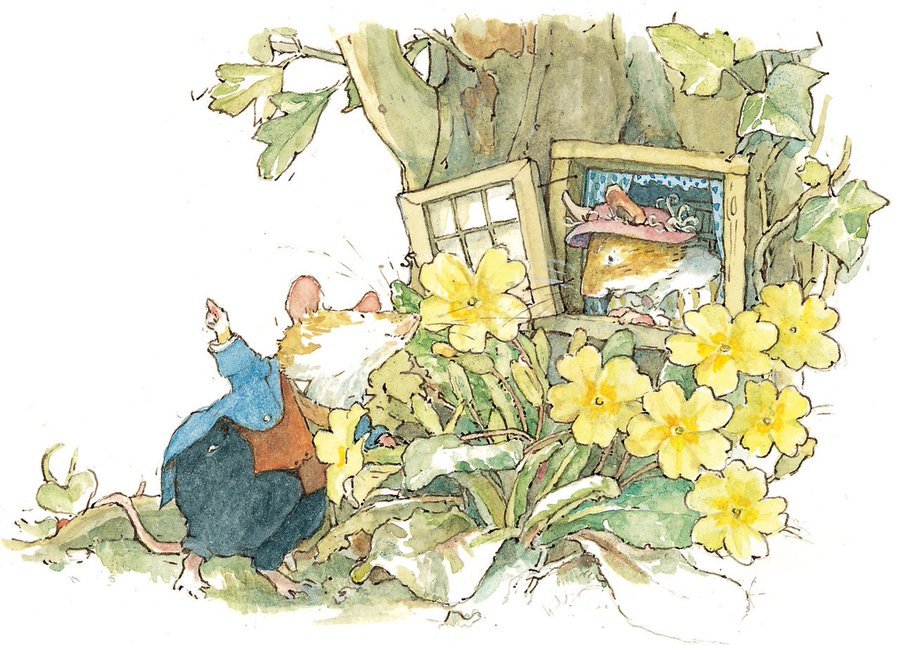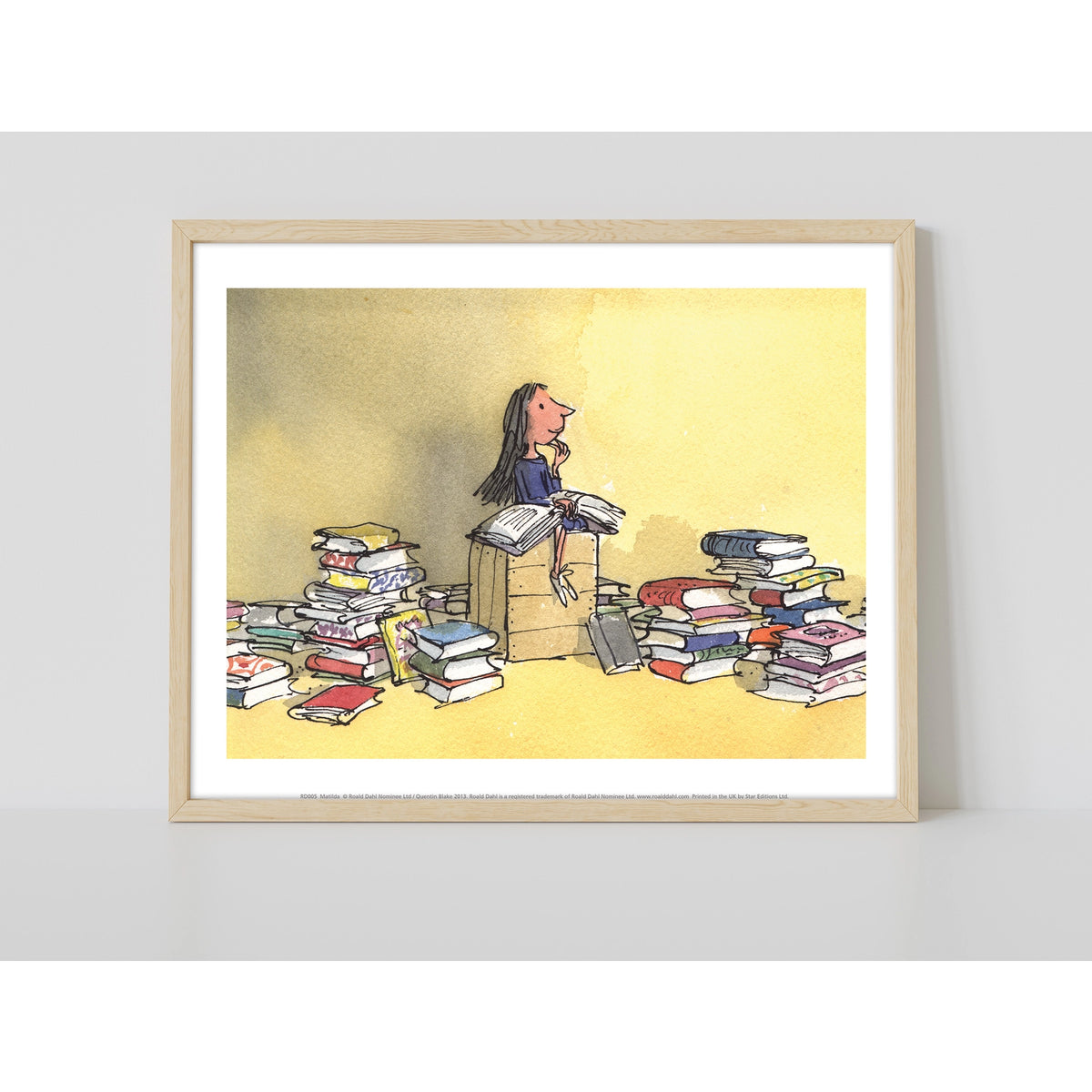Richard Scarry's Busy Busy Life

Richard Scarry was an American children's author and illustrator known for his witty, highly detailed and charismatic books. He's one of the most prolific and best-selling children's authors of all time, with over 150 books to his name. Many of his books have never been out of print since their first pressing and continue to be popular worldwide; to date they've sold over 100 million copies and are published in more than 20 languages! Some of his most iconic works include I Am a Bunny, What Do People Do All Day?, Richard Scarry's Busy, Busy World and Richard Scarry's Funniest Storybook Ever.
Never the teacher's pet
Scarry was born in 1919 and grew up in Boston, Massachusetts. Scarry hated school and was not a dedicated student; he spent his time daydreaming, doodling and thinking up pranks. At one point he was banned from his school library for trapping grass snakes in the school grounds and setting them free amongst the book stacks. During maths classes he would spend the lesson practising his mother's handwriting so he could improve his parent-teacher note forgeries.
Scarry's anti-authoritarian nature and lack of enthusiasm for school would go on to influence his style as an author and illustrator. Many of his books, like Richard Scarry's Just Right Word Book, are educational, but they're never, ever boring. Remembering well how dull he found school, he had a unique ability to see the world through the eyes of a child and appeal to their playfulness and curiosity. One of his most popular books What Do People Do All Day? answers the questions children have about grown-up jobs, transport and how things are made.
Scarry's parents were of Irish-American heritage, and he had a comfortable upbringing. The family escaped the poverty of the Great Depression as his father owned and ran a successful department store. Although he grew up in a loving home environment, his business-minded father despaired at Scarry's tomfoolery and his interest in art. When Scarry finally graduated highschool after years of repeats, he bowed to family pressures and enrolled in business school. But this didn't cure his creative streak and he dropped out soon afterwards. His father finally gave in and sent him to a fine arts college, where Scarry thrived. But he never completed his education; World War II broke out in his penultimate year of college and meant he was never able to graduate. Richard Scarry was drafted into the war in 1942.
Wandering war years
For anyone else, a drafting into a world war would surely have spelled an end to his creative ways, but through a twist of fate his spell in the army would allow Scarry to focus on drawing more than ever before. In his entrance forms for the army he wrote "artist" under occupation. He was first sent to study mechanics in the radio-repair school, where he flunked the exams. But Scarry had a stroke of luck when a painter was required to create a huge 30 foot long lettered sign at the entrance of his barracks. He was called on to paint the sign, and for once, aced the assignment.
Scarry was then given a medical dispensation which exempted him from any hard labour or active service in the army. He was assigned the role of art director, editor and writer of a newsletter to boost the morale of the troops. With his talent for drawing, this was easy for Scarry; he requested copies of Time Magazine be flown out to him, copied the news from there and contributed illustrations, maps and slogans. The maps he drew for the army likely influenced Scarry's highly detailed art style and the emphasis on architecture in his later books.
After the war ended, Scarry returned to the US, this time to New York to pursue a career in commercial art. Like many other great illustrators of the time, Scarry picked up work in the art departments of magazines and newspapers during the commercial illustration boom. His career even included a very brief stint at Vogue, where he worked for only three weeks. When Scarry asked why the magazine had hired him in the first place if they were to fire him so quickly, they admitted that they'd just liked the white suit and blue shirt he had worn to the interview. Throughout his life he was always a snappy dresser.
Little Golden Books
At the end of the 1940s Scarry's agent suggested he do some illustrations for children's picture books, and sent him to show his portfolio to a new publisher launching the Little Golden Books range. These were to be a series of small, affordable, high quality children's picture books. Scarry was hired and worked prolifically with the publisher for years to come.
Little Golden Books have since re-released some of their extensive collection of slim volumes, including a box set for their 75th anniverary. Scarry honed his skills illustrating Little Golden Books titles for other authors, including his wife Patricia Murphy, before publishing his first book as both illustrator and author in 1951.
A key year
In 1963, Scarry published one of his most iconic books; I Am a Bunny, and took a trip that would inspire another. In I Am A Bunny he drew on his traditional Golden Books painting style to illustrate the ramblings of an adorable little bunny called Nicholas through the seasons.
The Scarry family lived well on Richard's prolific book career and loved travelling. The same year I Am A Bunny was published, they took a trip around Europe that would go on to inform and inspire another of Scarry's iconic books, Busy, Busy World.
Richard Scarry's Busy, Busy World is populated with his trademark humanised animals scurrying about living their busy, happy lives in different parts of the world, from Finland to Austria. The book is bursting with his love of travel and his vivid sense of humour. Like a child, he finds wonder in the everyday; Scarry's son Huck has said that when his father was asked where he got his ideas he would always reply, "outside! In the street!" In a biography by Ole Risom and Walter Retan he is quoted as saying, "Wherever I go, I'm watching. Even on vacation when I'm in an airport or a railroad station, I look around, snap pictures and find out how people do things. Someday it will all show up in a book."
Creatures great and small
Although his landscapes, details and activities were always observed from human life, Scarry's characters are always animals. This adds a sense of whimsy and joy to his work. Unlike Beatrix Potter who dressed her animal characters in human clothes but still had them living in burrows and dens, Scarry's animals operate in a human world. He told the New York Times, “When I draw an owl, and he wants to go somewhere, he doesn't fly; he has to go down to the airport and take a plane.”
Animals also allow for a sense of innocence and harmlessness in the drawings. Scarry's characters are always getting into slapstick scrapes, but when a dog wearing a business suit trips over a cement mixer or crashes his car through a window-pane, we know there's no real danger of him being hurt. Scarry also felt that animals were more appealing to children, and allowed children of all backgrounds and ethnicities to identify with his work. He felt if a young child with dark hair sees a character with blonde hair in a book, they might feel, "that's not me", but all children can identify with little dogs, pigs and rabbits.
A new home in the alps
In 1968, the Scarry family relocated to Switzerland. The initial reason was that Scarry loved skiing and wanted to be near to the slopes, but he seemed to like it, as he stayed there until his death in 1994. Scarry was a dedicated worker and would spend full days writing and drawing in his home studio. The architecture of Switzerland crept into his work; he collected postcards of buildings he'd seen on his drives around the country to refer to when drawing the towns in his books.
Created by hand
Scarry's studio was full of memorabilia from his travels and early life; encyclopedias, travel books, cardboard boxes full of pictures torn from magazines, menus, snapshots taken on his military travels, and reams of architectural diagrams rolled up in rubber bands.

He created all of his illustrations by hand using pencil, ink, scissors, tape, and his favoured paints; Winsor and Newton designers' gouache.
He always did his sketches on tracing paper, and made the final drawings on sheets of acetate film. His pencil drawings were then printed in light-blue onto illustration board. Then he would hand paint the drawings colour by colour, doing all the reds, then all the greens, and so on. As his career progressed, Scarry developed this method to save him time and materials.
Kids are the best critics
Although he was posthumously awarded the Society of Illustrators Lifetime Achievement Award in 2012, Richard Scarry never won any critical awards during his lifetime. His commercial success may have had a bearing on this, as commercially successful artists are often overlooked for their artistry. But this suited him; Scarry's enduring popularity can probably be attributed to the fact that he cared more about what kids and parents enjoyed than what trendy critics valued. He rejected the picture book vogue for empty spaces on a page, instead using every inch of a book, including the endpapers, to cram in more details for maximum readability.
He summed up his approach when he said, "I'm not interested in creating a book that is read once and then placed on the shelf and forgotten. I am very happy when people have worn out my books, or that they're held together by Scotch tape". As any parent who buys Scarry's books knows, they are endlessly loved and liable to be taken out time and time again until they are threadbare. With over 50 years in print and still going strong, Scarry's books are still being passed on and worn out by generations of appreciative children.
Browse our full range of Richard Scarry books here.
















